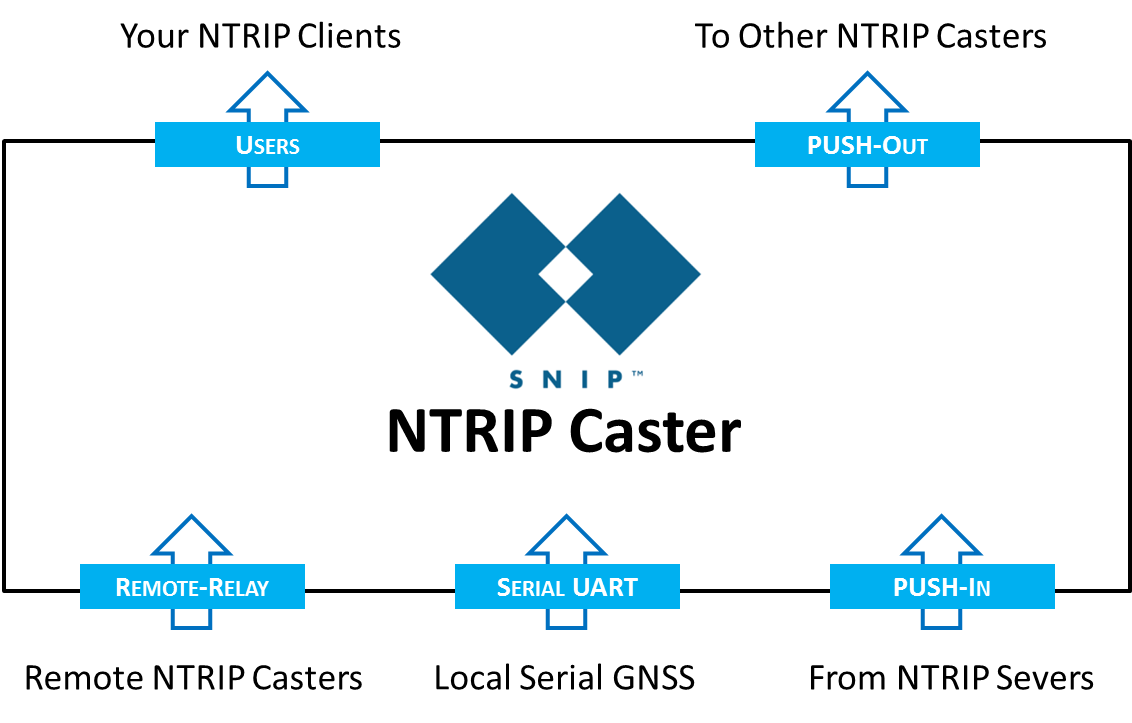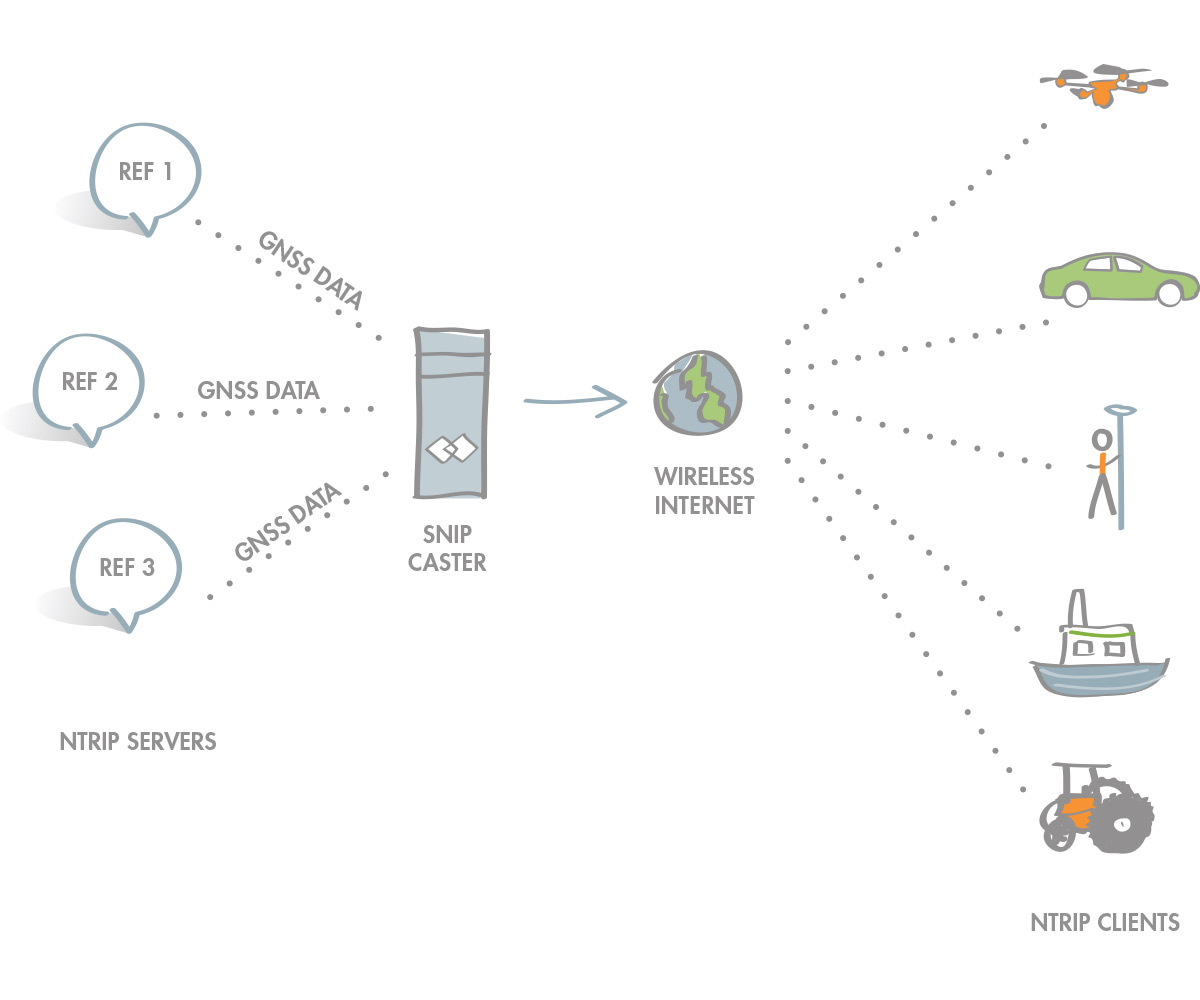
A simpler, less costly NTRIP
SNIP is an NTRIP Caster that allows anyone, from a hobbyist with a single device to large GPS – GNSS network operator with hundreds of devices, to quickly set up and run a caster network delivering GNSS corrections to a user community. [We use the term GNSS to imply GPS, GLONASS, and other satellite navigation systems now deploying such as BeiDou and Galileo]
SNIP provides the means to send local corrections to users of GNSS so they can increase the accuracy they obtain. You can gather local corrections from several sources, including your own devices, and build up a custom network. SNIP uses open industry standards to deliver correctional data from one or more “reference” GNSS stations placed in well known fixed locations. The GNSS devices in the field, called “rovers” use these corrections to reduce errors in their positional measurements by 100-fold! Even low cost devices which are already using the satellite SBAS corrections with non-RTK filters see marked improvements which then allow them to maintain sub meter accuracy levels.
SNIP is one part of the growing worldwide RTK revolution which is providing high accuracy centimeter results with low cost positioning equipment. Welcome to the sub-meter club. This solution has applications in broad new marketplaces including automotive safety (not simple navigation but the more critical Vehicle-to-Vehicle safety), remote precise drone control, traditional precision agriculture, coordinated field teams from traditional survey crew work to tactical search and rescue, and in almost all business and consumer applications where centimeter or decimeter accuracy and repeatability is desired.
The use of corrections with RTK methods is becoming a commodity at long last. If your application needs sub meter accuracy and repeatability, you will need access to local corrections, and you should consider using SNIP to manage these corrections and send them to your user community.

RTK navigation (real time kinematic navigation ) has been around for nearly thirty years. Until recently, the typical RTK user was either a survey team who took >$50k worth of equipment with them into the field, or an agriculture user where seasonal repeatability and coupled with precise product placement was the motivating factor.
In many cases these early users had to bring or set up their own nearby reference stations to operate, or lease data access from a 3rd party service. In time, open networks of reference stations came to exist, often operated by local government agencies. Today over 30,000+ such reference stations are installed in a patchwork forming a world wide network connected to the internet. It is now trivial with SNIP to gather corrections from anywhere in the world and to form a unique federated network of data for your own needs.
In the last few years, with increases in GNSS and GPS performance and ever dropping equipment cost factors, an L1 only RTK system can now be created today for under a thousand dollars. In many ways such a system can provide performance alongside more costly “survey grade” solutions still costing 10x or more. In the hobbyist market such systems are being deployed for a few hundred dollars per rover. While L1/L2 equipment remains more costly than L1 only, all rovers are becoming increasingly inexpensive and will continue to do so.
SNIP is available in a range of product models to support different network needs. All SNIP versions allow unlimited simultaneous end user connections (NTRIP Clients), basic client account management, basic stream decoding and monitoring tools, and data logging. All the common NTRIP formats and connection modes are supported, and then some. The primary difference in models involves how many simultaneous data stream connections you can have at the same time, ranging from three to hundreds. A “Lite” copy is available at no cost for networks with only a few data streams. If you are planning to set up a local low cost L1-only reference network; you will find the “Lite” version of SNIP ideally suited to your needs. For smaller private and commercial networks, the Basic model is best, while the Pro model supports those operating larger networks as a commercial business. Additional data stream connections can be easily added at any time.
Already know you need an NTRIP Caster?
You can read about SNIP in technical detail on the support site here.
Which model is right for me? — Does it work with my GNSS? — Feature Matrix
Still pondering what SNIP and differential corrections can do for you? Read on…
A typical SNIP user might be a small farm where centimeter accuracy is needed during various operations. Firms like John Deere, Trimble, and others all sell such an RTK service on a subscription basis, but it is quite co$t prohibitive and often less accurate. Not only that, they charge for each individual device. Understanding that this business model is a thing of the past, this user decides to set up his/her own NTRIP network. No more recurring seasonal costs, more control, and greater accuracy.

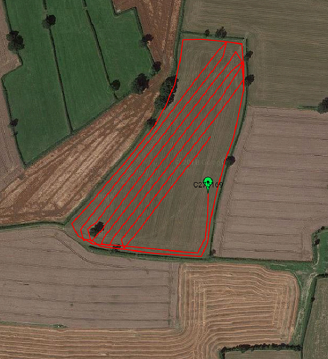
This user has found that they can get high grade corrections freely from the local State DOT over the internet, or from neighbors a few miles down the road, or they can buy a single reference station of their own, using SNIP to run a local network. Prices for a private base stations range from over $30k for a turn key installation to well under $5k with some DIY investment. Any of these sources (for redundancy, it is easy with SNIP to use more then one) can form the caster data streams. For the rover devices in the field, they know you can obtain free or inexpensive NTRIP Client software from many places. Our knowledge base articles provide link to several popular free clients. With pervasive cellular coverage, radio networks are also not required.
SNIP, the NTRIP Caster element, completes this puzzle by federating all of the data streams the operator connects to it and providing these to as many end users as desired over a standard TCP/IP link. And at one tenth the cost of other Casters. The rover devices connect to SNIP by wireless means over the internet, cellular phone, WiFi / WiMax or any device that supports TCP/IP connections. If the selected reference station is a local device with a serial port, SNIP also provides a built-in NTRIP Server to connect to it directly at no extra cost. Bolt a low cost reference station on the barn roofline, put SNIP on last year’s laptop, and suddenly you and you friends are free from a costly monthly expense. Does your current GNSS supplier vendors want $$ for another license on the device you already own to upgrade or to support more than ten connections? Use SNIP.
A similar picture can be drawn for the UAV operator who needs precise location for registration, or any field operative who needs to find, tag or locate places or objects with decimeter accuracy, or any of a host of emerging location based services (LBS) with similar needs. If any of these scenarios describe your application, you will require a source of corrections reliably served to you and we suggest you try SNIP.
SNIP is popular among constructions firms who need to run their own RTK networks for precision machine control. SNIP is used by professional survey teams who need reliable RTK at constantly changing different job sites. Along coastlines and inland river ways, SNIP is used with hydrographic surveys. SNIP deployments provide corrections to precisely determine land and parcel boundaries in Africa and and other locations where the use of RTK had been cost prohibitive. SNIP deployments are being used to support archeological sites throughout the world. And of course developers in the automated vehicle market find SNIP to be a key element for their testing needs. The list of use applications grows with every day.
On DSRC. In the very near future, all new passenger vehicles in the US, Europe, and Japan (as well as other places) will send their positions, velocities, and acceleration vectors to each other ten times a second. This is but one of the emerging mass market uses for differential corrections.

The traditional use of “DGPS” was for waterways and coastal navigation where correction to a meter or two were all that were required. This data was sent over a network of low frequency high power transmitters, as there was not the pervasive cellular coverage we enjoy today. While that mission still exists, the performance achievable with RTK (even when using low cost L1 only devices) now far exceeds it. And many of these users now access NTRIP Casters with a cellular phone link to access this data.
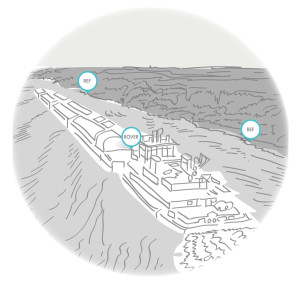
The traditional user of RTK, and hence of SNIP (or any of the NTRIP Caster resources) was the survey community who depended on these corrections to achieve centimeter levels of accuracy. They still do, but equipment prices are dropping and corrections sources are becoming quite common. In the past, operating an NTRIP Caster was too costly for most shops to consider, not any more.
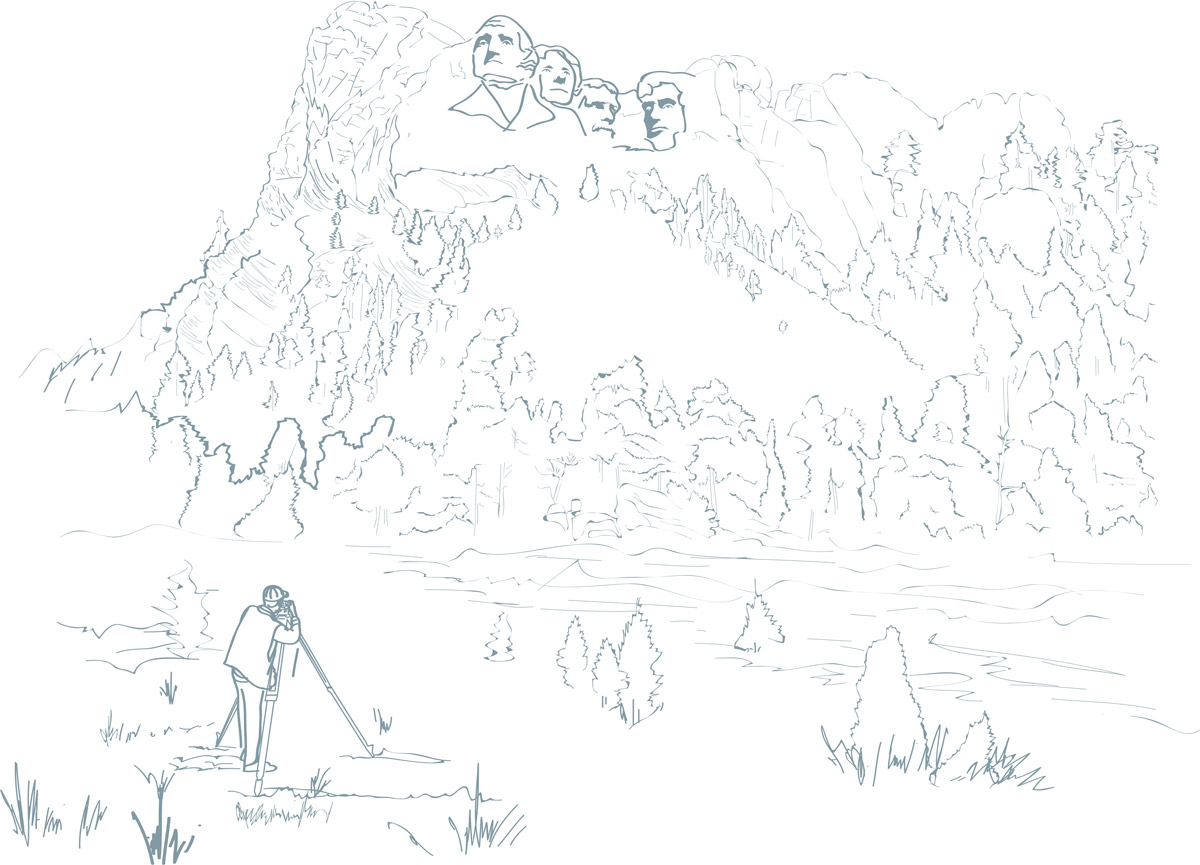
We suggest you evaluate SNIP for your NTRIP Caster application needs.
To download SNIP for evaluation click here.
For further technical details, see the SNIP support site here.
A list of frequently occurring questions regarding SNIP can be found here.
Just got you own copy of SNIP and trying to set it up? Getting Starting guidance can be found here.

